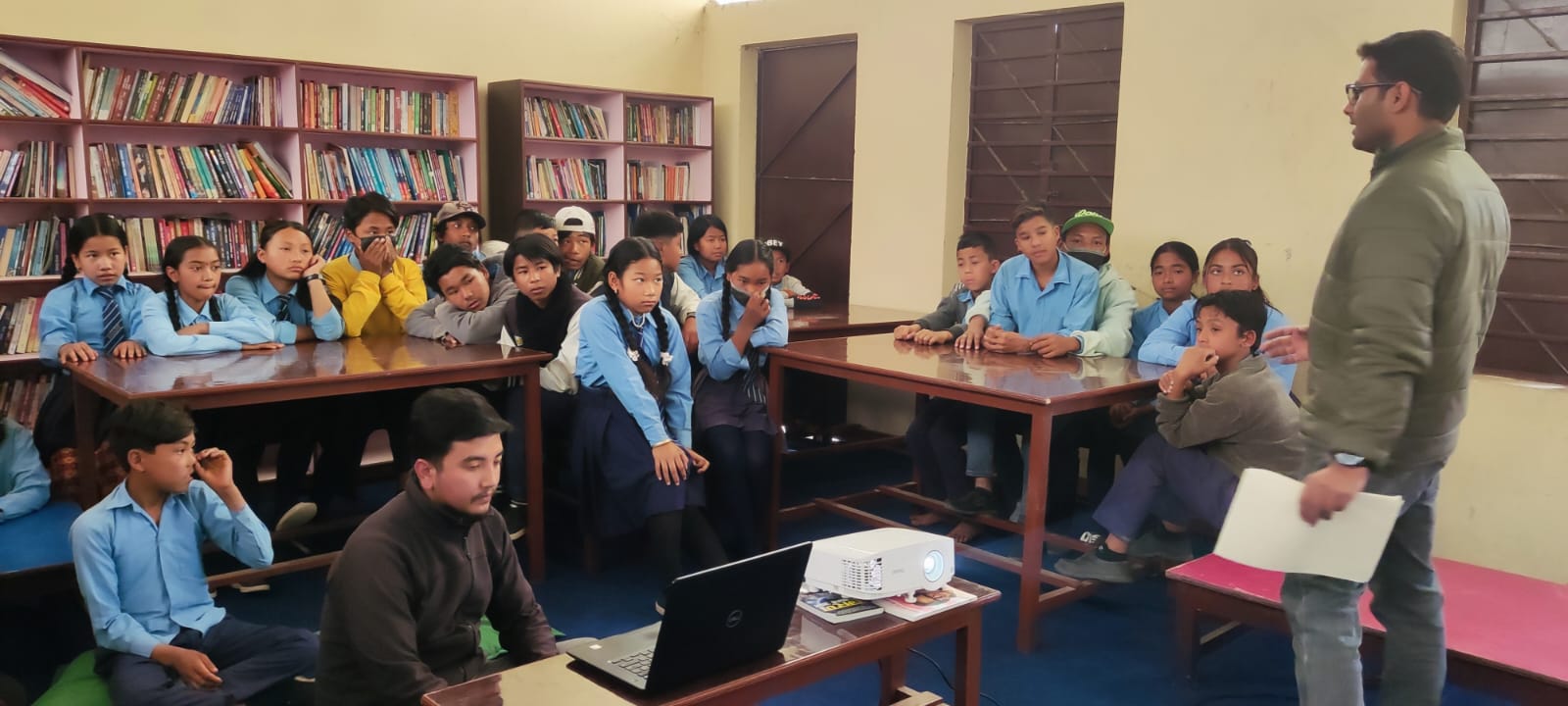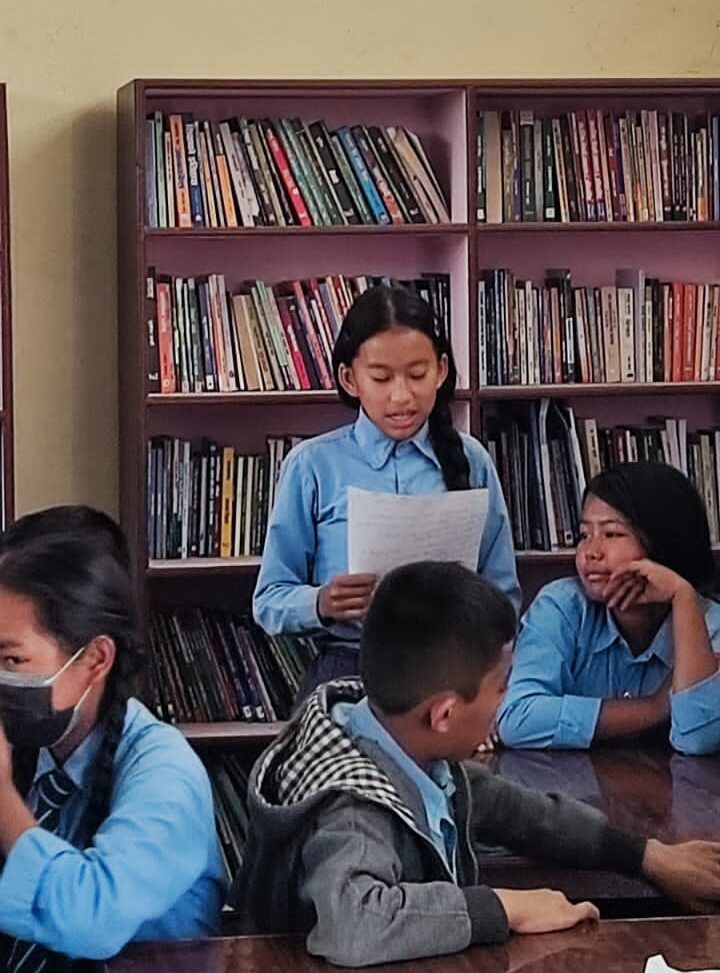Akash Pandey understood that promoting peacebuilding within Nepali youth required him to speak in a youth-friendly language. Or perhaps, not even speaking at all. Pandey ingeniously turned to the universal language of art to tap into young students’ perceptions on the connection between peacefulness and a greener future.

Pandey’s experience in peace and conflict resolution throughout Nepal encouraged him to become an Institute for Economics & Peace (IEP) Ambassador. During his three-month volunteer experience in the Water, Sanitation and Hygiene (WASH) program, he collaborated closely with rural communities to mediate water-induced disputes. He brought these newfound skills in addressing local grievances and building consensus among stakeholders to Tribhuvan University for a two-year MA program in Conflict, Peace and Development Studies. It was here where Pandey conducted his fieldwork on local indigenous methods of peacebuilding in Nepal : long-standing pillars of resilience and harmony in conflict resolution.
Currently, Pandey’s research is centered on the recruitment of Nepali citizens in the Russian army, providing insight into this understudied, yet intricate, transnational dynamic. Across all his work, his guiding light is the pursuit of peace and stability, and the utilisation of innovative solutions to accomplish it.

On June 1, 2024, as a part of IEP’s Ambassador Challenge, Pandey brought his passion and experience to the Shree Mahendra School to lead a one-day workshop: “Art-Based Peacebuilding and Climate Advocacy.” Students carried out their own art-based peacebuilding approaches by sketching the impacts of climate change they recognised in their communities.
Beyond its use as an effective method to engage youth, art facilitates collaboration between participants, which is one of IEP’s Eight Pillars of Positive Peace: Good Relations with Neighbours. In conjunction with the remaining seven – Well-Functioning Government, Sound Business Environment, Acceptance of the Rights of Others, Free Flow of Information, High Levels of Human Capital, Equitable Distribution of Resources and Low Levels of Corruption – the Pillars work together to promote Positive Peace in any given society.

All forms of art, from visual to dance to literature, have been powerful tools of resistance and peacebuilding throughout history. It has been used to challenge oppressive authority, cast doubt on societal norms and inspire positive change. The rigid censorship of art under many totalitarian regimes (take, for instance, the Soviet Union) only proves its revolutionary potential. Art has also been used for healing and reconciliation purposes. With the ability to bridge cultural divides and encourage dialogue between different communities, more high-conflict zones should take advantage of the power of art.
IEP encourages creative approaches to peacebuilding. Almost anything can promote peace with the proper application and framing. Less common methods, like technology, nature or art, are no less effective at building peace than traditional educational efforts. In some cases, unconventional thinking can achieve an effective outcome.

Created by the Institute for Economics & Peace, the internationally-renowned think tank, the IEP Ambassador Program provides an opportunity for individuals with both extensive experience in peace as well as those new to the field to gain concrete knowledge and resources to help foster peace in their communities.
Learn more